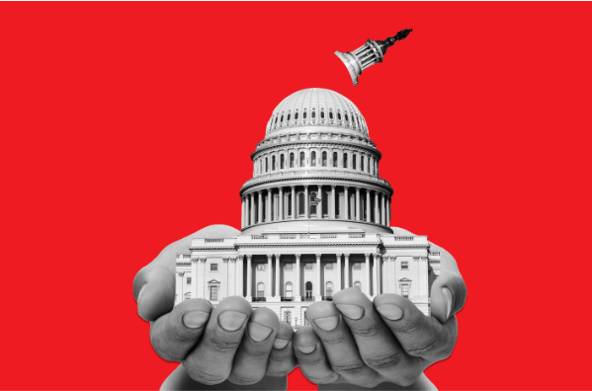Captain Paul Watson Seized in Greenland
NUUK, Greenland, July 21 – The former co-founder of marine conservation Greenpeace, founder of Sea Shepherd and the Captain Paul Watson Foundation, Captain Paul F. Watson, was arrested upon arrival in Nuuk, Greenland.
Watson’s flagship, M/Y John Paul Dejoria, with 25 volunteer crew, docked for fuel en route to the Northwest Passage to intercept Japan’s new whale-killing slaughterhouse, Kangei Maru, in the North Pacific.
“We were here, and arrested Paul, due to an international arrest order from Japan,” stated the leader of the Danish federal police boarding party at the site of the arrest. The crew were given no further notice.
The arrest is linked to a former Interpol Red Notice for Watson’s previous anti-whaling interventions in the Southern Ocean Whale Sanctuary, Antarctica. Japan’s phony Antarctic research whaling programme was forbidden in 2014 by a ruling of The International Court of Justice (ICJ).
Keep Reading






















